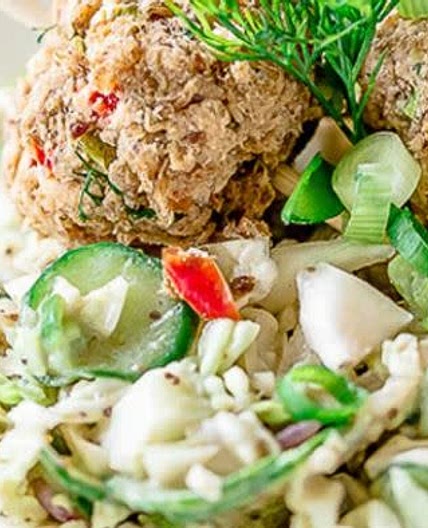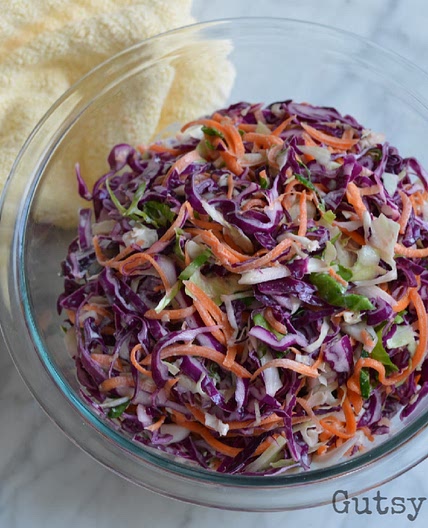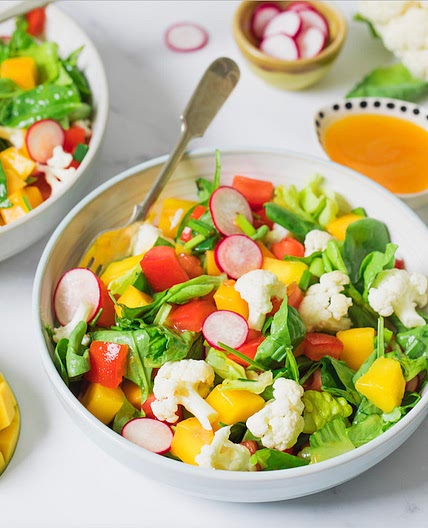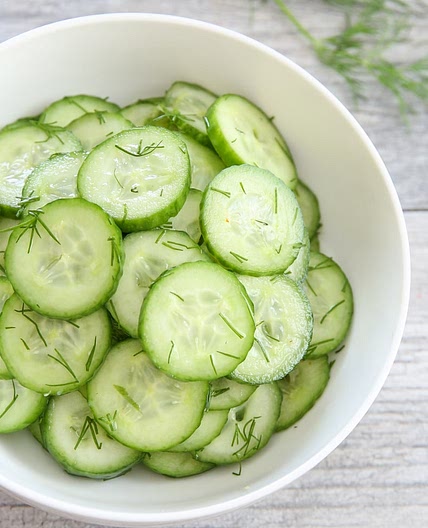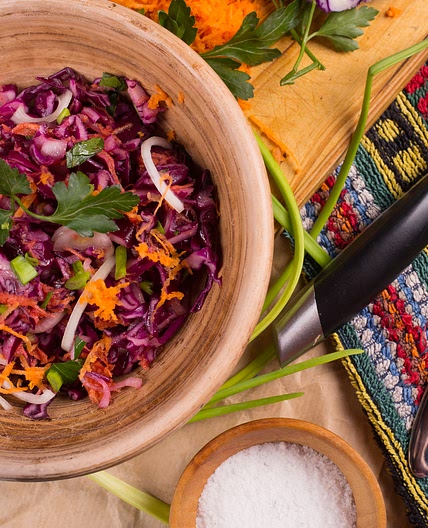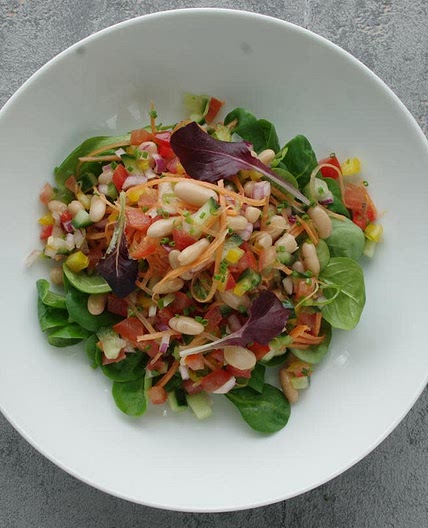
1/2

2/2
100%
1
By Leanne Tipton
Liver rescue salad
These two salad options are brimming with healing properties for your liver. They’re great for when you want a lighter meal, and they’re also perfect additions to a cooked meal such as the steamed vegetables from the Liver Rescue 3:6:9. You can customize each salad with any of the liver-healing foods from Liver Rescue so that you never get bored. If you try the fat-free Orange “Vinaigrette” Dressing, it is sure to become a staple in your kitchen. It’s flavorful, sweet, and satisfying for anyone to enjoy.
Spinach: The mineral salts in a spinach leaf and especially its stem helps the liver with its over 2,000 chemical functions. Not only is spinach filled with lots of vitamins and other nutrients; they’re nutrients that the liver can easily absorb. Spinach leaves release nutrients quickly into the intestinal tract, even when someone is experiencing weak hydrochloric acid or bile production levels. It massages the ileum, allowing for better B12 production, and helps the liver convert nutrients so the rest of the body can receive them once the liver releases them.
Asparagus: Provide a wealth of flavonoids, many of them undiscovered or unstudied, that are highly anti-inflammatory; they act as natural aspirin and soothe a hot, overburdened, struggling liver. The liver’s ability to cleanse increases greatly from this calming effect. Asparagus brings order to a chaotic, sick liver. The liver’s immune system strengthens instantly from asparagus. It increases bile production yet doesn’t allow the liver to overwork itself in producing bile. Helps dislodge fat cells, expelling them from the liver. Helps rejuvenate the liver’s deep, inner core. Asparagus is one of the most important liver healing foods. Consider putting it on the menu at least a few times a week.
Updated at: Thu, 17 Aug 2023 10:34:11 GMT
Nutrition balance score
Great
Glycemic Index
46
Low
Glycemic Load
27
High
Nutrition per serving
Calories257.4 kcal (13%)
Total Fat1.4 g (2%)
Carbs59.1 g (23%)
Sugars40.3 g (45%)
Protein8.3 g (17%)
Sodium185.4 mg (9%)
Fiber11 g (39%)
% Daily Values based on a 2,000 calorie diet
Ingredients
2 servings
2 cupsred cabbage
thinly sliced
1 cupcarrot
diced
1 cupasparagus
diced
1 cupradish
diced
2 cupsapples
diced
½ cupcilantro
chopped
8 cupsleafy greens
any variety, spinach, arugula, butter lettuce, etc
1lemon
lime, or orange, juiced
Dressing
Instructions
Step 1
Place the salad vegetables and the leafy greens of your choice in a bowl and mix together to form the base of the salad. Drizzle the fresh lemon, lime, or orange juice over top to taste.
Step 2
Alternatively, make the Orange “Vinaigrette” by blending all of its ingredients until smoothly combined. Toss your salad in the straight citrus juice or Orange “Vinaigrette” Dressing until well mixed. If you’re sharing with another or saving some for later, divide the salad into two bowls. Enjoy!
Notes
1 liked
0 disliked

